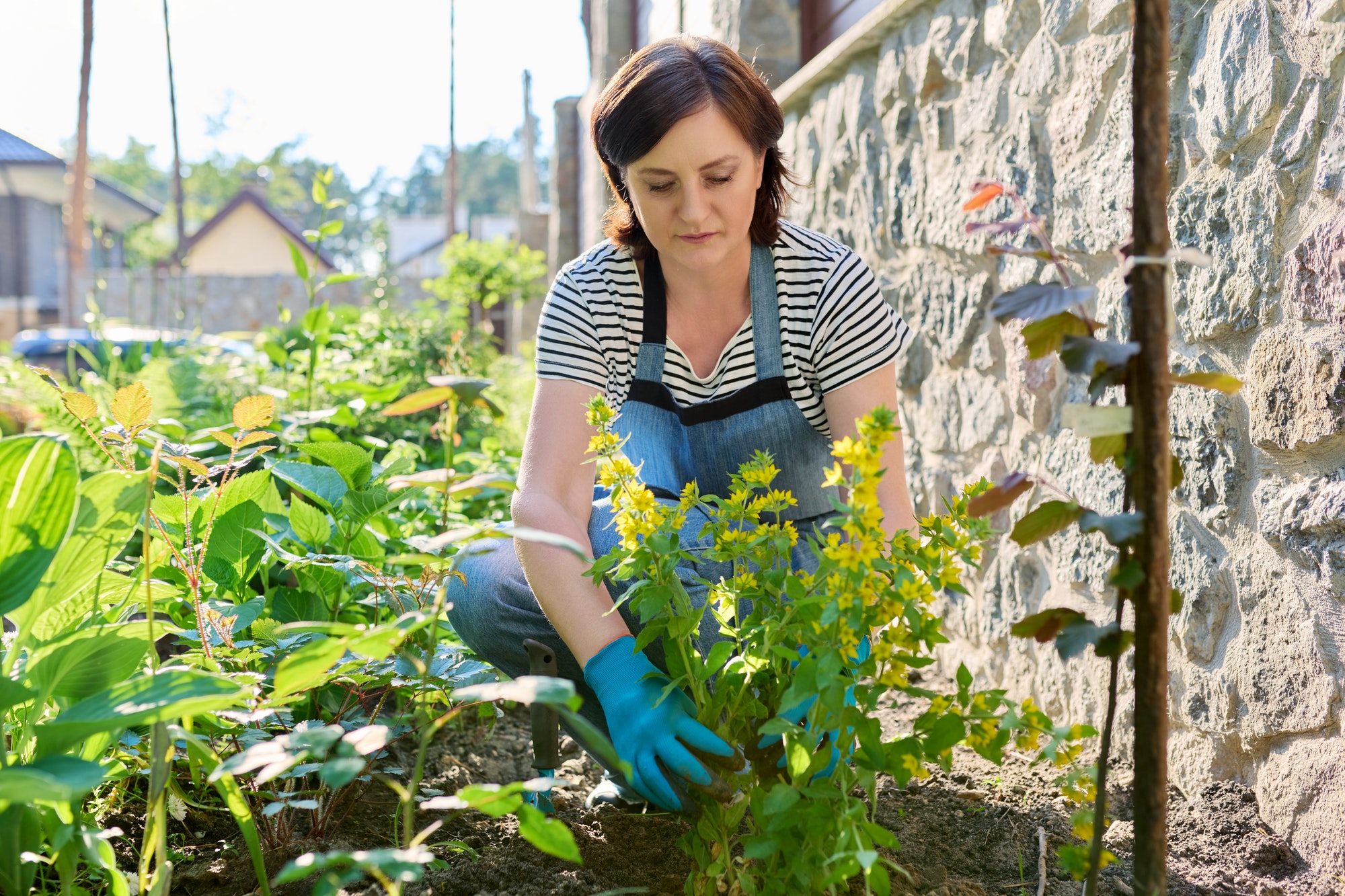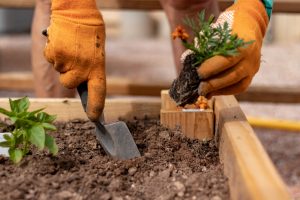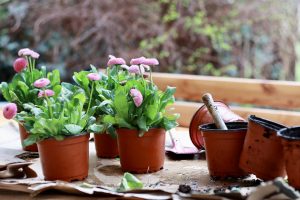The selection of garden plants should take into consideration your area and climate. If you have children in your household, the list of safe plants is especially important. You can choose from annuals, perennials, cool season and warm season plants. You can also choose from ready-made plans, which will save you time and money. You should remember that some seeds are small and may not germinate easily, while others are slow growing and require many years to mature.
Before selecting garden plants, you should consider what you plan to grow and where you’d like to plant them. The backbone of your landscape should have a variety of shrubs, trees, and perennials. Knowing your USDA Hardiness zone is vital when choosing plants. It’s also important to pay attention to the amount of sunlight they need. Full sun means at least 6 hours of direct sunlight per day, while part sun means less than half the direct sunlight.
If you’re planning to plant different plants each spring, it’s best to plant different varieties of annuals in the same planter box. The backbone of your garden should be a mix of trees, shrubs, and perennials. While choosing your garden plants, you should consider your climate, USDA hardiness zone, and sun exposure. A garden in a sunny climate needs more sunlight than a shady spot. A garden in the shade can be unattractive to pests, so make sure you choose wisely.
For gardeners, choosing the right plants is not hard, but you should think about how they’ll look in your yard. Most plants will look best in a south-facing or shady area. If the sun is too strong for your garden, you’ll find that the foliage is dry and lifeless. In the afternoon, your flowers will grow unnoticed, which will result in fewer pests. Your garden can be a beautiful and relaxing place, so make sure to include plenty of soft-growing plants.
Choosing garden plants is a great way to add color to your yard. When choosing plants for your garden, it’s essential to consider how they will look in your area and how much sunlight they need. A south-facing garden can accommodate more plant species, while a north-facing one may be too hot for many. Regardless of your location, you’ll have a beautiful and inviting garden if you use your imagination. And remember, the more research you do, the more you’ll grow your yard and enjoy your time with it.
In addition to annuals, you can also choose perennials. You can plant them in flower beds, borders, and containers, and then replant them year after year. If you’re looking for flowers that will last for several years, it’s important to choose plants that won’t require too much water. You can also choose flowering plants with large leaves, and perennials with a few exceptions. It’s important to remember that not all garden plants are safe for pets.



